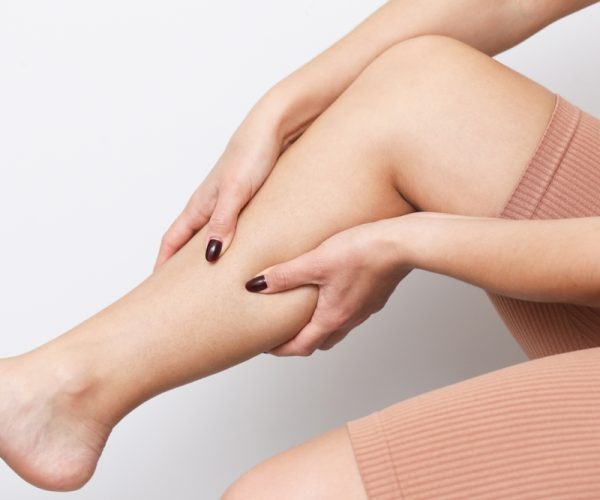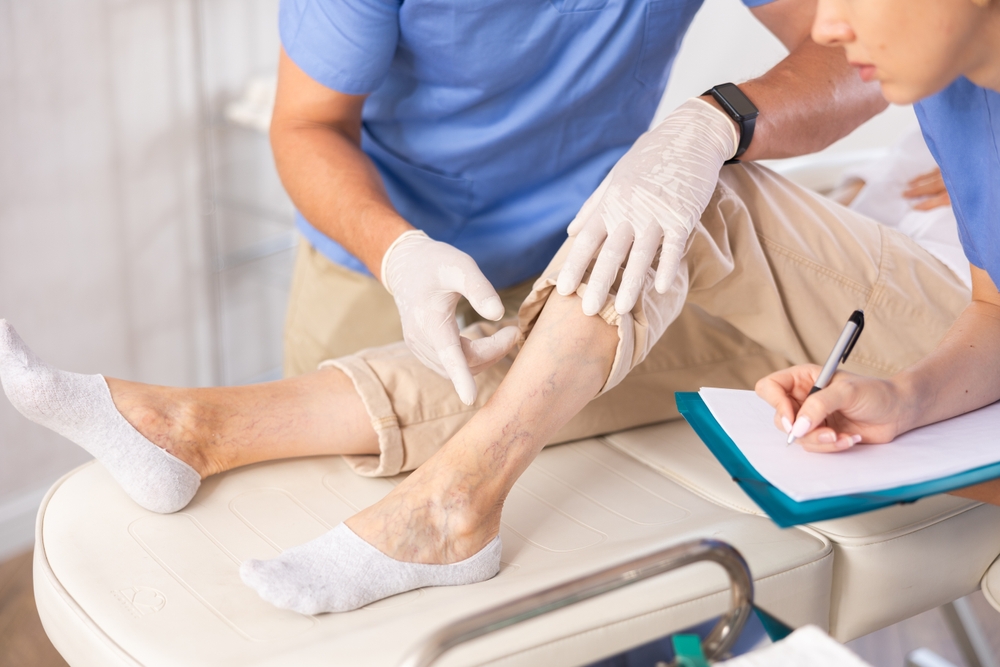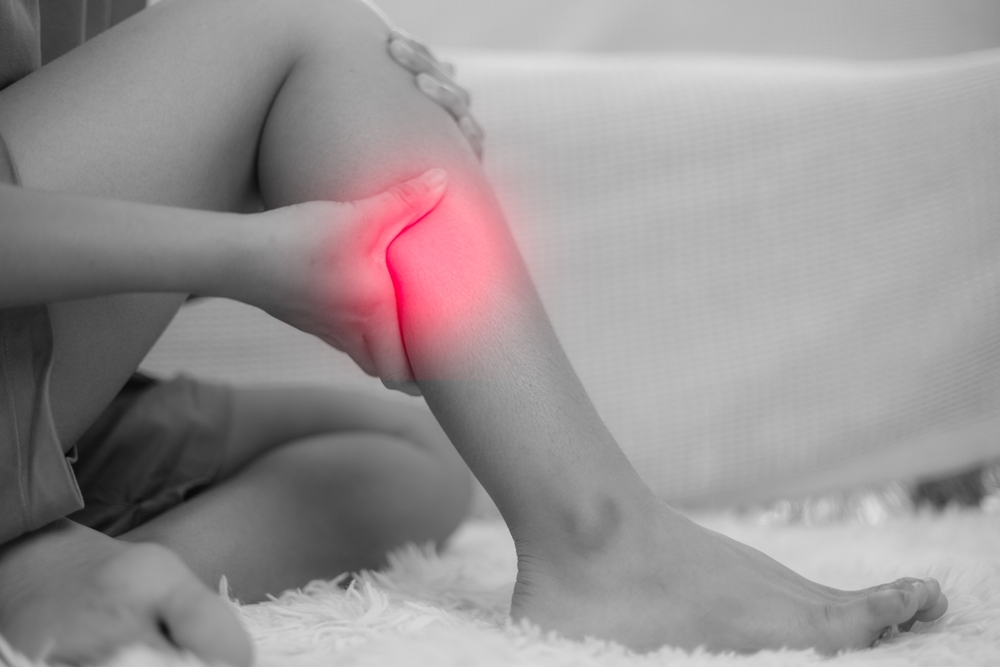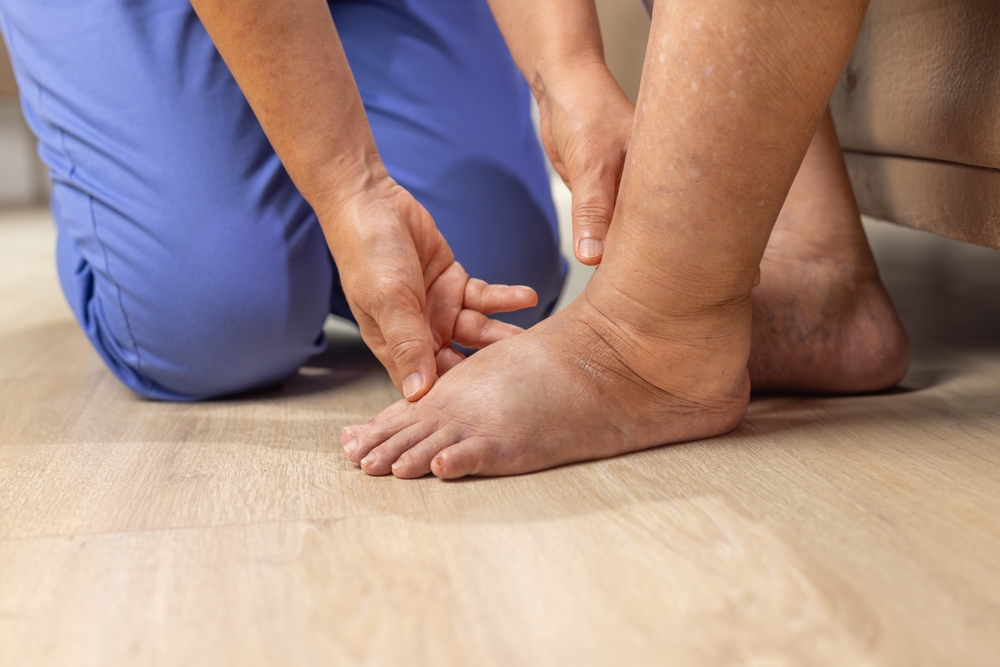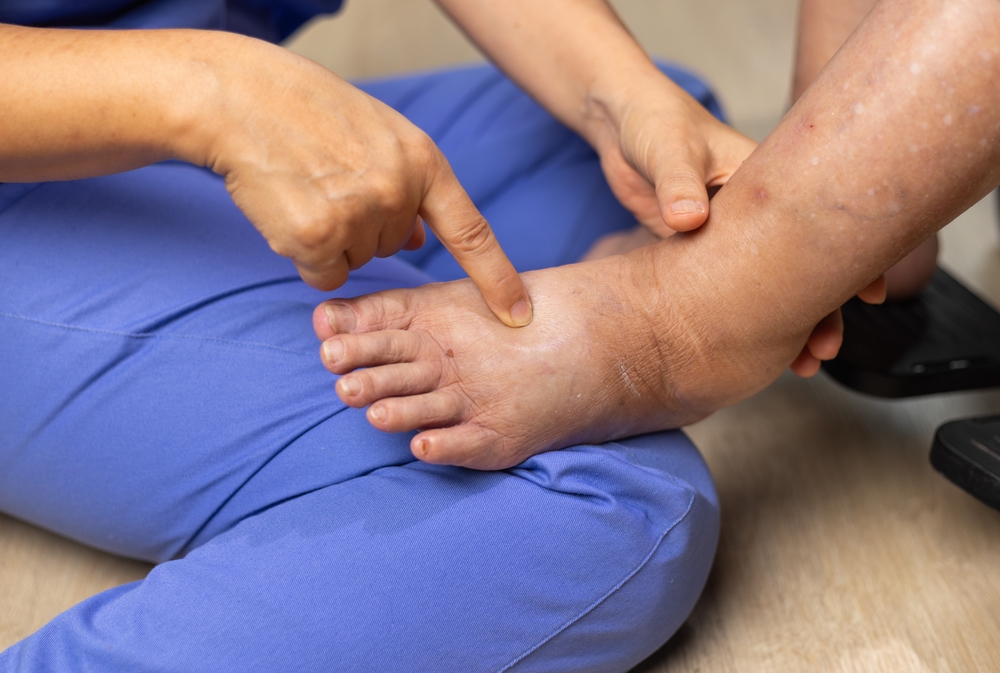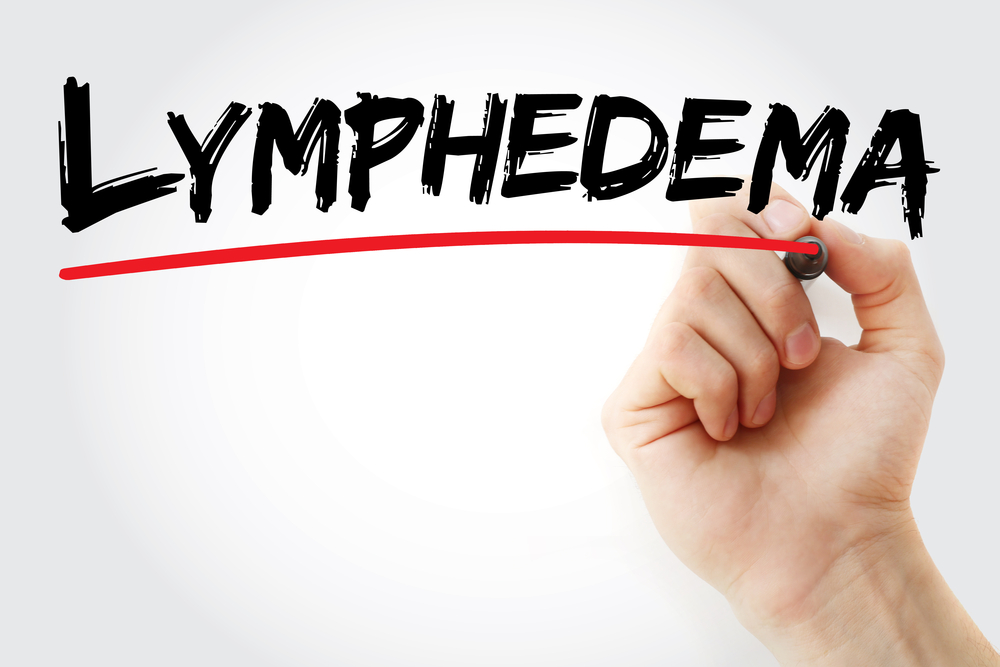What is Lower Limb Revascularization?
Lower Limb Revascularization is performed to improve circulation in the legs when blood vessels become narrowed or blocked due to peripheral artery disease (PAD). The procedure restores oxygen and nutrient delivery to tissues that may be at risk of pain, ulcers, or even gangrene. Depending on the severity of the blockage, it may be performed through bypass surgery, angioplasty, or stent placement. The ultimate goal is to relieve pain, promote wound healing, and prevent amputation.
This procedure helps to:
- Restore healthy blood flow to the lower extremities.
- Relieve pain caused by ischemia or poor circulation.
- Promote healing of ulcers or non-healing wounds.
- Prevent tissue damage or limb loss.
- Improve mobility and overall quality of life.
What to expect after Lower Limb Revascularization?
Recovery depends on the method used. Endovascular procedures require minimal downtime, while surgical bypass may need a short hospital stay. Most patients notice significant improvements in pain and walking ability within days or weeks.
- Immediate relief from rest pain or leg cramps.
- Gradual healing of chronic foot ulcers.
- Possible mild swelling or tenderness in treated areas.
- Need for follow-up imaging to confirm blood flow.
- Encouragement to walk regularly to strengthen circulation.
